Do you know how app startups take the simplest of ideas and turn them into multi-million dollar companies? The app industry is expected to reach $781.70 billion by 2029, with a CAGR of 7.48% from 2022 to 2029 (Statista). Given there are millions of apps available in the market, success does not come from having a great idea but from execution and strategy and being innovative.
From brainstorming with unique app concepts to navigating the complexities of development, funding, and marketing, launching an app startup takes a careful roadmap. This guide is here to help you as you gear up for that adventure and know all of the necessary steps to take to turn your app into a successful business. Let’s dive in!
Why Should Startups Invest In Mobile App Development?
Building a successful startup app involves more than just coding—it requires strategic planning, user-centric design, and ongoing maintenance. Each phase plays a vital role in ensuring that the final product meets business goals and user expectations:
1. Brand Visibility
Mobile apps keep startups visible and on point since they are constantly on users’ devices. Every time a user looks at the app icon, they refresh the brand’s consciousness and trust.
And as long as app usage remains, your brand stays in the mind of the customer leading to a higher likelihood of engagement. App notifications are those gentle nudges, remind users about the startup every time they check their daily itinerary.
2. Customer Engagement
A mobile application establishes a direct and individual channel for startups to communicate with their clients, thereby enhancing client engagement. With push notifications, companies can communicate in real time and promote deals and discounts that will motivate users.
Startups can optimize the user experience and attract returning customers through customized content and personalized suggestions. Chatbots, feedback forms, and surveys enable users to voice their opinions, leading to improved business decision-making and better user satisfaction. Regular communications with customers build trust, increases retention, and strengthens long-term relationships.
3. Scalability
Startups require scalable solutions that can grow as their business evolves, and mobile applications offer the ideal degree of scalability and flexibility to achieve that.
Without compromising performance, apps can handle increasing user traffic as the business expands. Plus, new features and updates can be easily integrated to keep up with customer expectations. A cloud-based architecture ensures smooth scaling, preventing downtime and maintaining a seamless user experience. In short, a scalable mobile app future-proofs startups, allowing them to grow without technical limitations.
4. Revenue Generation
Mobile apps diversify revenue sources and help startups scale into sustainable and profitable businesses.
In-app purchases allow users to unlock premium features or purchase digital products, and subscription models with tiered pricing provide ongoing revenue. By utilizing ad placements and forming strategic partnerships, they can generate revenue, while the freemium model allows them to build a larger user base and monetize premium features. Apps can provide a scalable and dependable revenue generator for startups with the appropriate monetization method.
5. Competitive Advantage
An attractive and easy-to-use mobile app can give startups a competitive advantage in the fast-paced business landscape of today.
Although several competitors rely on web development alone, a mobile app provides a speedier, more tailored, and uninterrupted experience. AI-powered recommendations, real-time updates, and offline access are a few popular features that improve usability and appeal to tech-savvy users. Investing in high-performance apps places a startup in the league of innovative and customer-centric brands and ensures positioning as an industry leader and a future-ready brand.
Types Of App Development For Startups
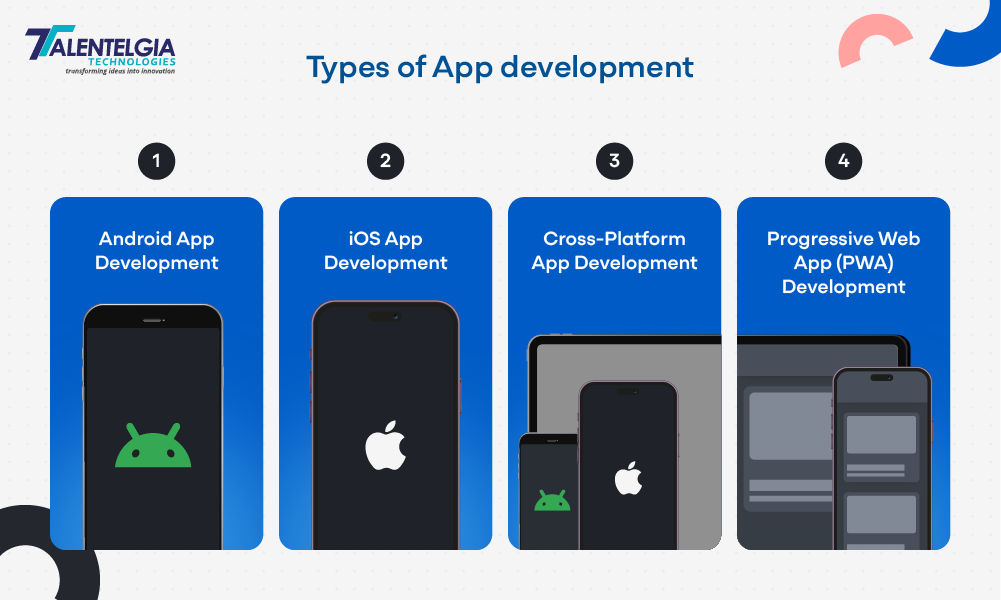
Native App Development
Native app development refers to developing apps for a specific mobile platform, either Android or iOS. Developers use platform-specific languages and tools such as Java or Kotlin for Android and Swift or Objective-C for iOS. As native apps are built for the software and hardware of the platform, they provide better performance and a smoother user experience.
Native apps can use APIs to take advantage of device capabilities like GPS, camera, and sensors, so they are best suited for performance-intensive applications with rich user interfaces. Compared to others, Native App development does take time and is resource-intensive, but you end up with an experience that works glitch-free and is more engaging.
One of the best-known native apps is WhatsApp. It is developed using platform-dependent languages such as Swift for iOS and Java for Android. Such an approach is very reliable and fast as it optimizes the performance, provides a smooth user experience, and also offers access to all the features of the device, including the camera, contacts, and push notifications.
Hybrid App Development
Hybrid app development is a combination of native and web technologies, enabling developers to work with HTML, CSS, and JavaScript to develop the application. These are multi-platform apps running on one codebase, saving on development time and expense.
They utilize plugins to enable native device features and are faster to adopt than native apps. But rendering complex interfaces can lead to performance limitations. Despite this, hybrid app development is a budget-friendly option for startups and businesses that want to develop apps with quicker development times and earlier entry to the market.
Instagram, for instance, used a hybrid development approach to provide the same seamless user experience across platforms. Instagram leverages web technologies while also being able to access native features on the phone, therefore providing a performant application as well as leveraging device-specific functionality. This approach allows the backend components to be shared between all platforms and greatly increases their efficiency compared to their competitors, and streamlines updates. Consequently, Instagram features a highly functional, consistently performing, and stylish interface that promises engaging user experiences.
Cross-Platform App Development
In cross-platform app development, developers write a single code base and can deploy it on multiple platforms with little to no modifications. Frameworks like Xamarin, Flutter, and React Native allow you to develop apps using a single code base for Android, iOS, and web platforms.
It is the perfect approach for organizations working on limited budgets and timeframes and still providing a consistent customer experience regardless of the platform being used. These cross-platform apps might not be able to reach the same level of performance as a native application, but they provide a practical service that allows a start-up to reach a wider audience without requiring a huge investment.
The web version of Google Docs works instantly in your browser, and no installation is required. It runs on any device with a modern browser and keeps itself updated automatically, needing no downloads. This can be a good choice for users who prefer flexibility and low storage costs.
Progressive Web App (PWA) Development
Progressive Web Apps (PWAs) are web applications that provide a native app-like experience in a standard web browser. PWAs are developed with HTML, CSS, and JavaScript and ensure platform compatibility while enabling users to utilize app features without installation.
Some of its main benefits are faster updates, offline functionality, responsive designs for various screen sizes, etc. This makes them perfect for content-based applications, e-commerce platforms, or projects in which reach and access to the application are the foremost priorities. PWAs also have some limitations in terms of access to certain device features and are, therefore, less favorable for making apps that require heavy usage of device features.
Pinterest is a great example of a progressive web app (PWA) that runs very quickly and works offline. As it is built with web technologies such as HTML, CSS, and JavaScript, it offers users a seamless pins and boards exploration, even under low-network conditions. It offers an ear-native feel without an app store download.
Steps Of App Development For Startups
Developing a successful startup app requires a well-structured process that balances strategy, design, development, and ongoing maintenance. Here’s a step-by-step breakdown of the key stages involved.
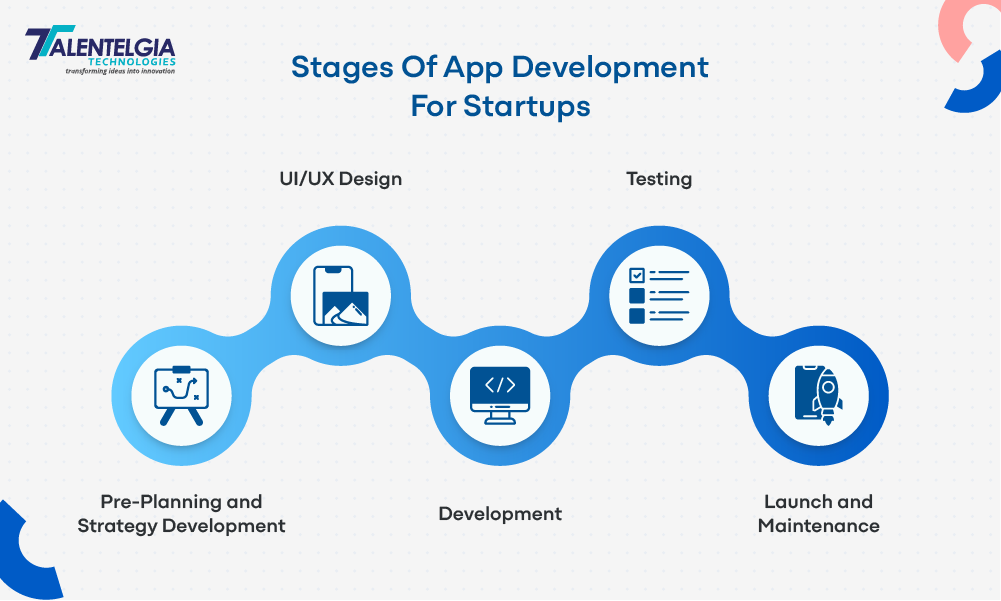
Planning and Strategy Refinement
The initial step of app development in Dubai is deciding the objective of the app, the audience you target, and on which platform you want the app ( iOS, Android, or both). This stage also includes a decision about native or cross-platform development. A reliable app development partner can provide business strategy and technical consulting to help you make informed decisions. In this step, you will get a project roadmap or proposal with the timeline, budget, milestones, and risks of the project.
UI/UX Design
This involves extensive analysis of market trends, competitors, and user pain points by providing many UI/UX design services. User personas are created by designers, and user expectations are also studied to make sure the product fits into the market. After finalizing the research, they create wireframes that design the skeleton of the app with its functionality. These prototypes can be rapidly altered before moving onto high-fidelity, with aesthetics like fonts, colors, and logos. It also includes a style guide to keep consistency across the brand.
Development
Once the design is finalized, the developers start building the application. This stage consists of choosing the right tech stack and connecting different features. Native apps can be developed through Swift for iOS and Kotlin or Java for Android, whereas cross-platform apps are developed through Flutter or React Native frameworks. Developers create the necessary infrastructure and embed APIs, payment gateways, and secure protocols to manage options for the best possible user experience. This is the stage that takes the most time since it’s when you build out every feature and optimize for performance.
Testing and Quality Assurance
Application testing is a product testing procedure that involves testing an application on various devices and scenarios so that it will run smoothly. Performance testing to check speed and how well data is managed, security testing to prevent data leaks, and usability testing for a seamless user experience. The bugs are identified and resolved by the QA teams before the app is rolled out so that users do not face any issues. This phase ensures that the application complies with industry standards and user expectations.
Launch and Maintenance
Launching a successful app is not enough; it takes substantial effort in terms of getting your certifications in place, deploying your app to the App Store or Google Play, and even designing an effective monetization process. After launching, it’s important to track the app’s performance and assess user responses. Continuous development through updates, bug fixes, and feature additions keeps the app relevant and aligned with changing user expectations. Monitoring app metrics and reviews ensures the identification of areas of improvement.
Top Trends Shaping App Development For Startups
As technology continues to advance, businesses are constantly adapting to stay competitive. Modern app development is no longer just about creating functional applications—it’s about enhancing user experiences, improving efficiency, and ensuring data security. Here are the top trends that are redefining app development in 2025 and beyond:
Generative AI
Generative AI will no longer be optional when it comes to modern app development. Meanwhile, research by Gartner suggests that by 2025, 39% of companies will have adopted AI, with 14% fully exploiting it. It can help do this by converting basic instructions or sketches into functioning apps, thus providing a way for developers to write apps much faster.
Businesses use AI to personalize user experiences as well as automate tasks and solve problems more efficiently. According to Deloitte, 25% of companies will leverage AI agents for task completion by 2025, with that percentage slated to double over the next two years. 33% of apps will leverage AI by 2028, automating 15% of daily decisions and enabling smart business.
IoT Integration: Making Decisions Smarter
The Industrial Internet of Things (IoT) is transforming industries, allowing machines to communicate and automate processes. IoT-enabled apps in factories, for instance, can predict when maintenance is needed and eliminate downtime, enhancing efficiency.
According to an estimated forecast by McKinsey, IoT is expected to unlock between $4 to $11 trillion of economic value in 2025. This will be driven by technology, insight-driven decisions, and improved customer experiences.
Blockchain: Securing Data and Building Trust
As data breaches increase, blockchain is becoming imperative for securing data. It serves as a digital ledger that securely logs transactions, making it difficult for any changes to be made without authorization. According to the World Economic Forum, 10% of the global GDP will be stored on blockchain networks by 2027. Bringing transparency to blockchain. While a large part of why app developers need the security of blockchain isn’t anything new, the ability to trust this data takes things further.
Low-Code Development
Low-code development is changing the way businesses create applications by making it faster and easier. Even with minimum coding experience, one can use drag-and-drop tools to master application development in no time. This enables enterprises to build custom solutions, react to market dynamics, and streamline tasks, all while saving on time and expense.
Low-code platforms are becoming the go-to technology for enterprises, signaling a bright future for these solutions. According to Gartner, in 2025, 70% of new applications will be created using low-code or no-code technologies, compared to only 25% in 2020. This transition showcases the fact how low-code solutions are directly becoming a necessity to driving efficiency and scalability.
Factors to Consider When Selecting an App Development Company
Choosing the right app development company is crucial for the success of your project. To ensure a seamless process and high-quality results, consider these essential factors:
Technical Expertise
Examine the company’s technical skills, learn about their experience with the technologies that are important for your project. See if they develop for different platforms like iOS, Android, or Web or have experience in working with frameworks like react native, Flutter, Swift, Kotlin, or Java. If your app needs to integrate with the cloud, make sure they know their way around AWS, Google Cloud, or Microsoft Azure. A well-versed team ensures that the entire development process is seamless and effective.
Pro Tip: Request case studies or a portfolio to see work relevant to your projects.
Communication & Collaboration
Effective communication is key to keeping your project on schedule. Make sure to choose a company that establishes process-oriented communication and transparency throughout the development stage. A good team will provide consistent updates, engage you in important decisions, and respond quickly to your feedback.
Pro Tip: Miscommunication can result in misunderstandings, projects taking longer, and costing more. They will work alongside you to make sure your vision is captured in the end product, as a collaborative company would.
Development Methodology
Ask what development methodology is preferred, amongst other things, to ensure it is a fit for your project.
- Agile Methodology: Enables flexible iterative development with consistent input and updates. Suitable for projects where requirements can change.
- Waterfall Methodology: A bright-line methodology with stages and milestones. Most suitable for projects with stable requirements and deadlines.
- Recommendation: Choose Agile for startups and developing projects and waterfall for projects with hard deadlines and clear goals.
Engagement Model
Understand the company’s engagement models to choose one that fits your budget and timeline. The most common models include:
- Fixed-Cost Model: Suitable for projects with well-defined scope and fixed requirements.
- Time and Material (Hourly Rate): Ideal for projects with evolving needs where flexibility is required.
- Retainer Model: Best for long-term partnerships and ongoing development work.
Pro Tip: Clarify payment terms, project milestones, and possible extra costs before signing any agreements.
Conclusion
Building a successful app startup is not just about having a great idea—it’s about executing that idea with precision. Choosing the right mobile app development approach, whether it’s native, hybrid, cross-platform, or PWA, ensures that your app meets the expectations of your target audience while aligning with your business objectives. Staying informed about the latest trends like generative AI, IoT integration, blockchain security, and low-code platforms can give your startup a competitive edge and keep your app relevant in a rapidly evolving digital landscape.
Equally important is selecting the right app development company that aligns with your vision and understands your business goals. Factors such as technical expertise, clear communication, development methodology, and engagement models can make or break the success of your app. By carefully evaluating these aspects and maintaining a focus on innovation and scalability, startups can not only launch a high-performing app but also build a strong foundation for long-term growth and success.



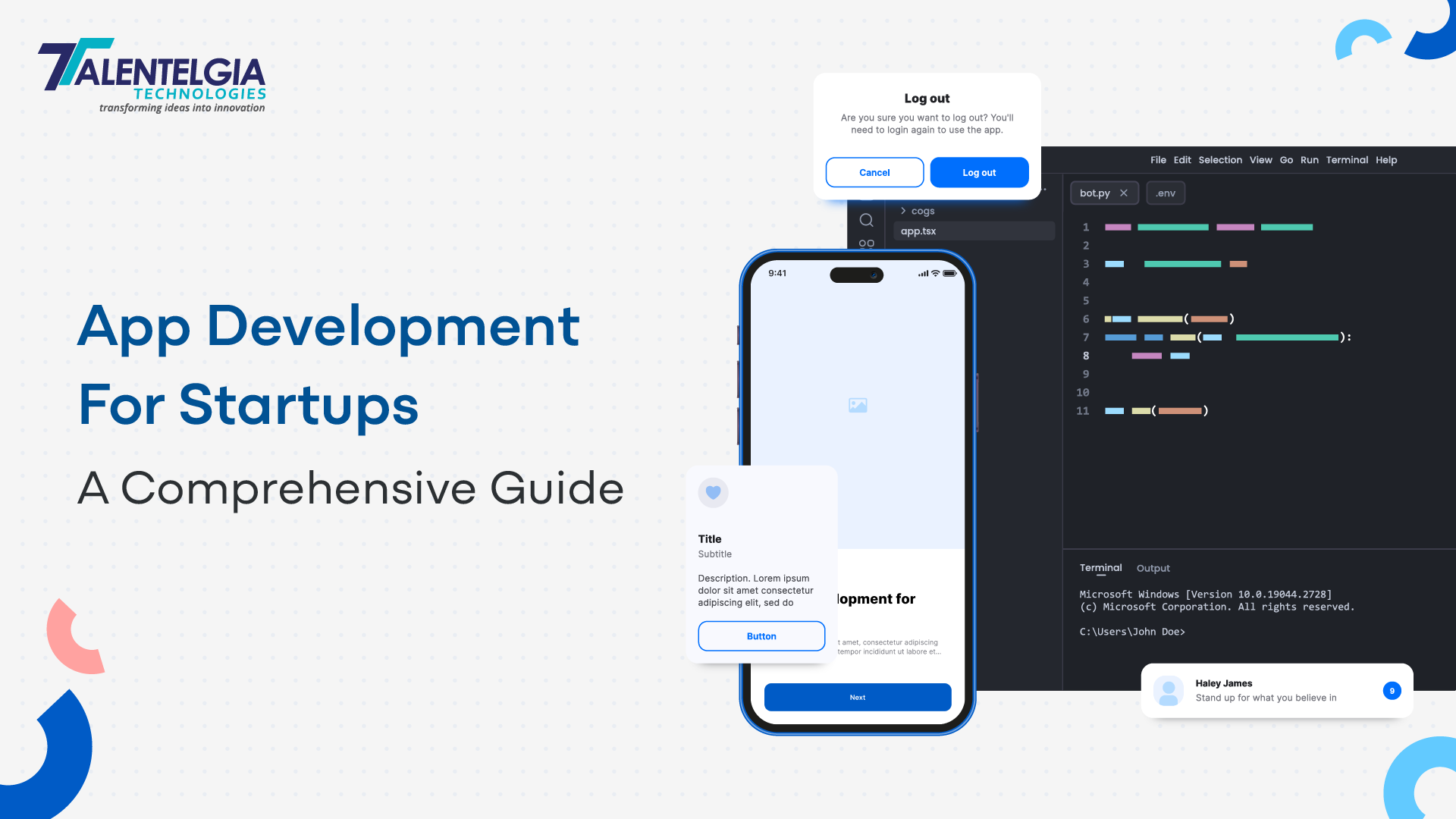

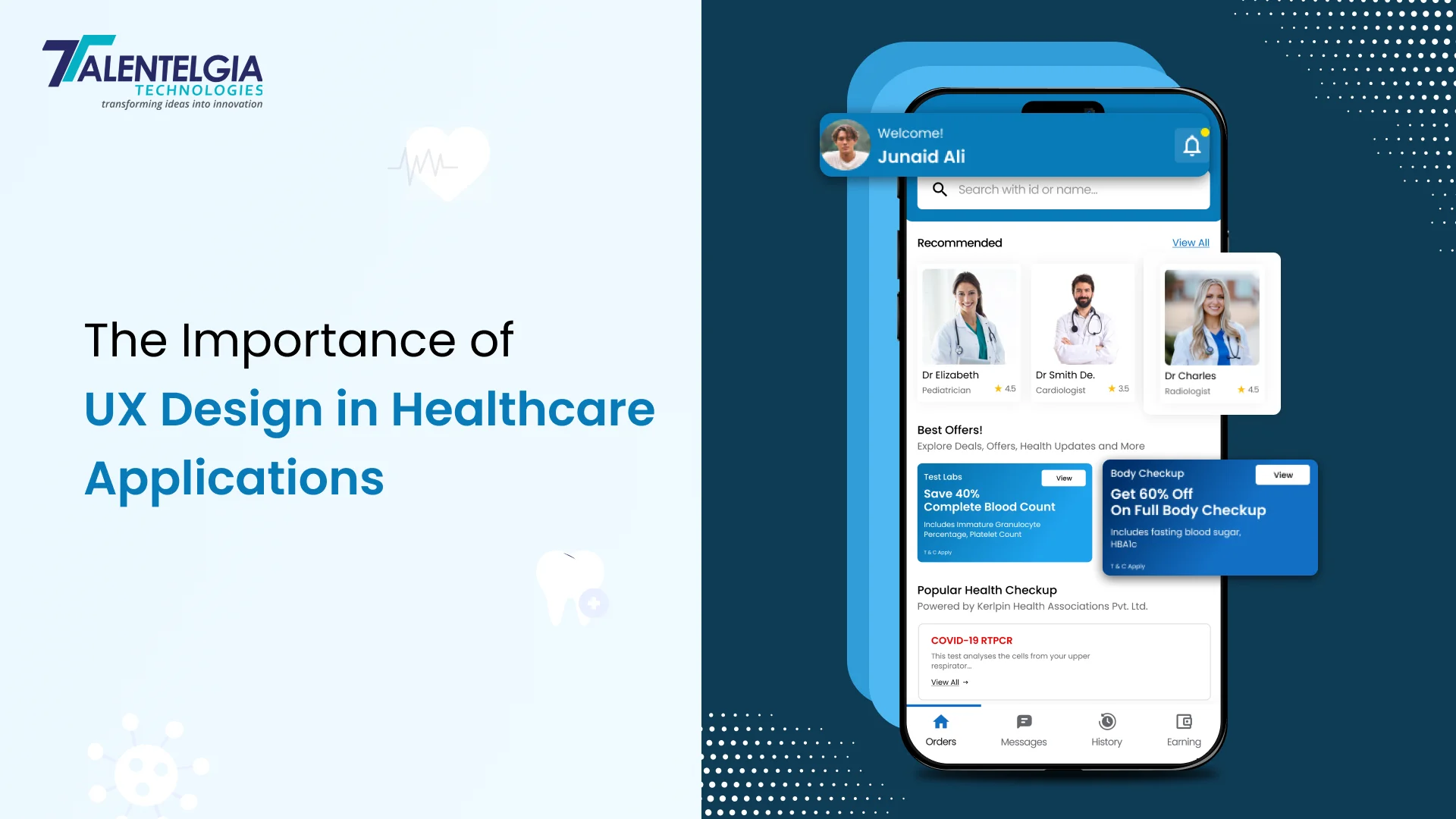

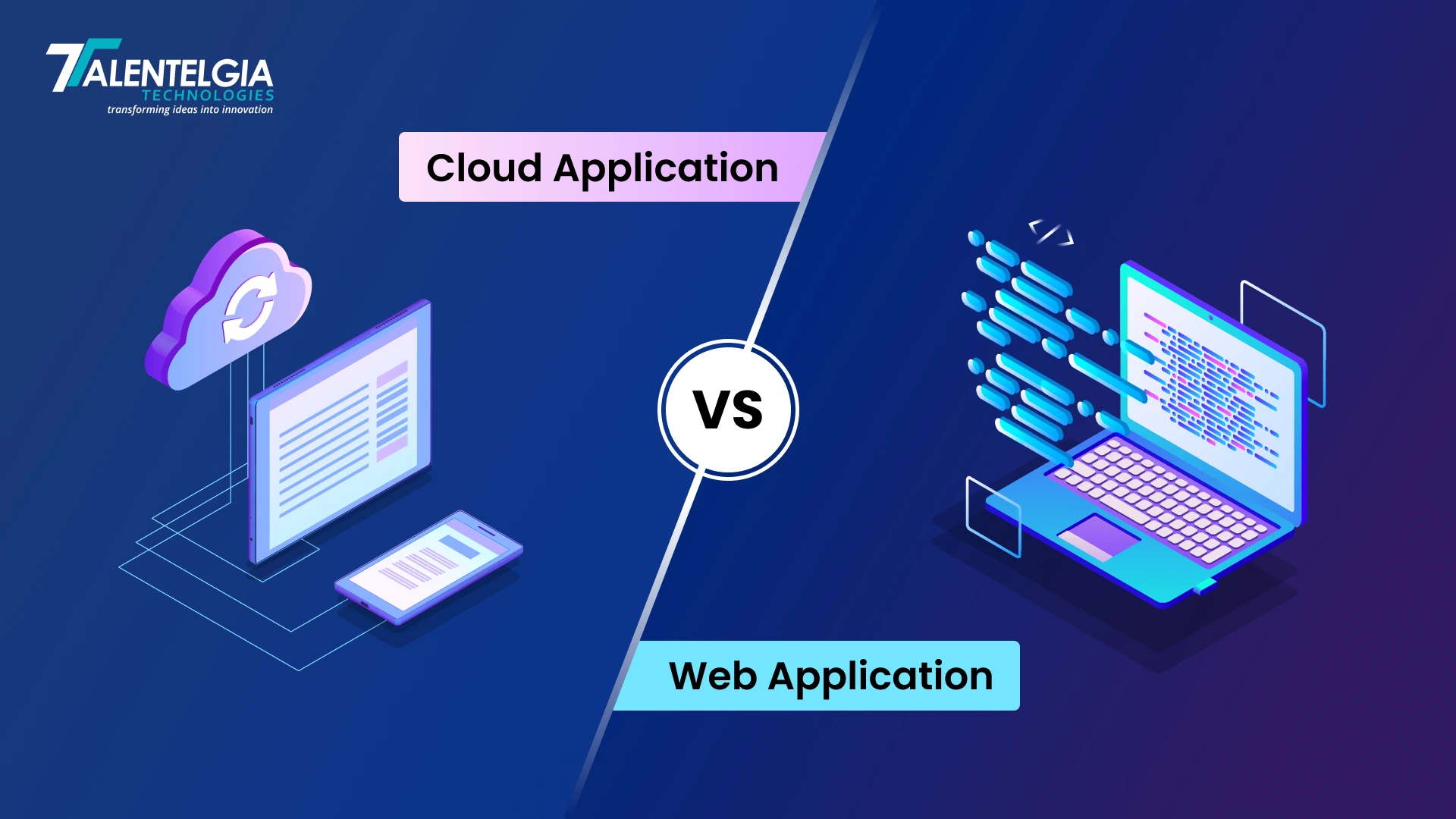
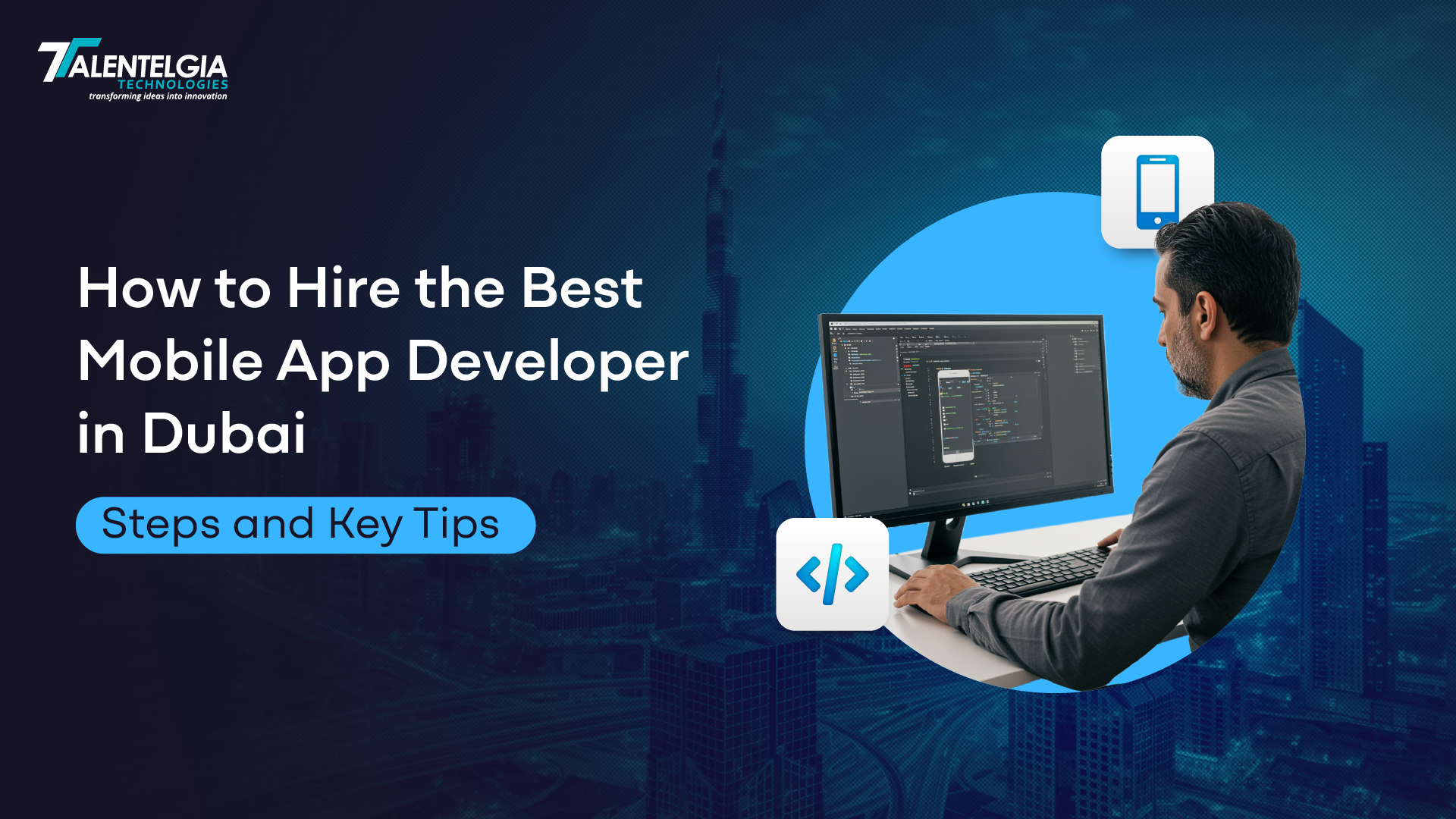








 Business:
+971 565-096-650
Business:
+971 565-096-650
 Write us on:
Write us on:  Business queries:
Business queries:  HR:
HR: 




